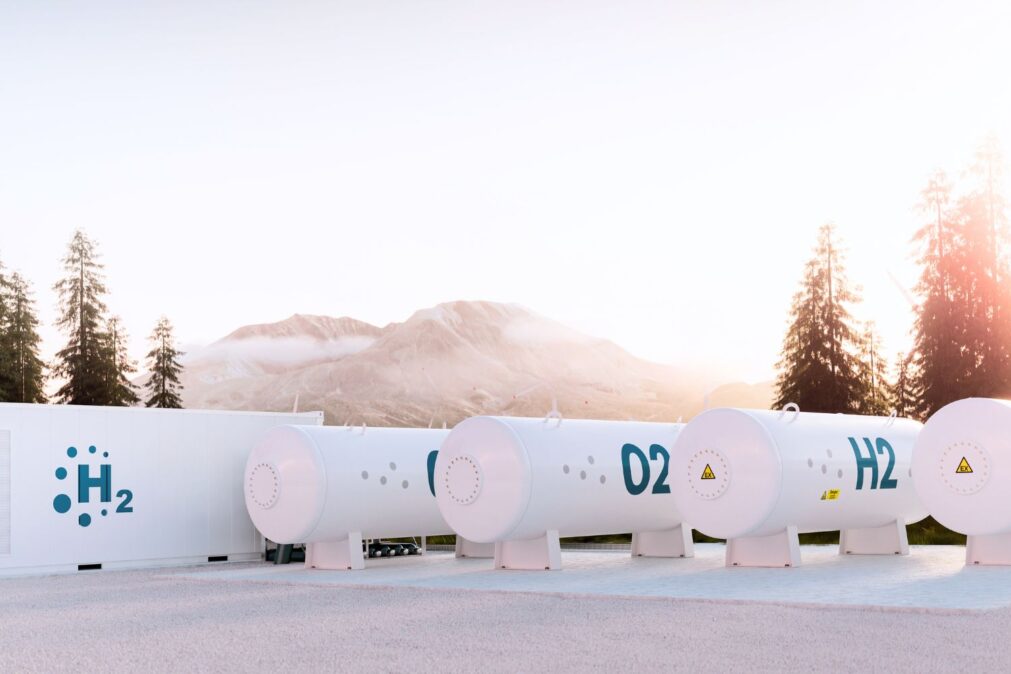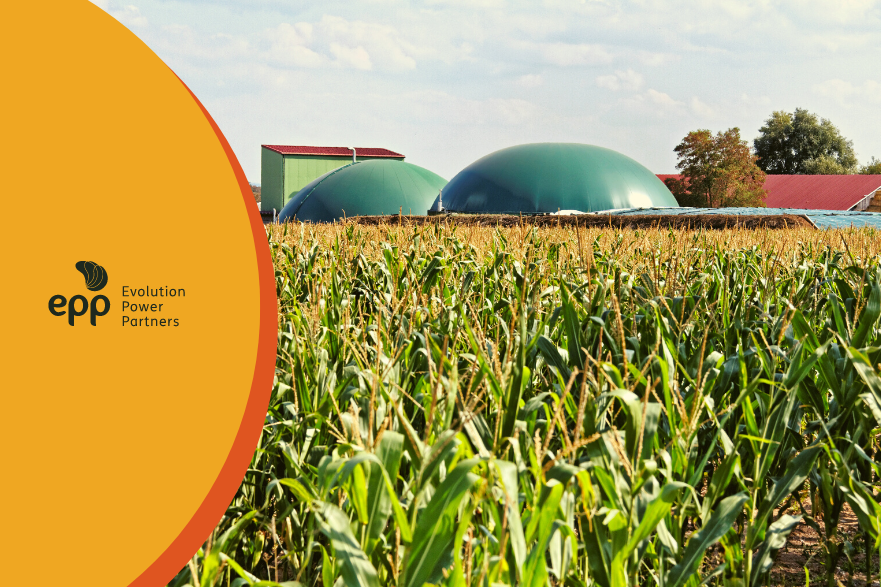Biomass is a renewable energy source that comes from organic materials such as plant and animal waste. It has gained prominence in recent years due to the growing global concern about climate change and the need to seek clean and sustainable energy sources. In this article, we will explore the different types of biomass, their potential for generating electricity and the impacts associated with methane and carbon dioxide (CO2) emissions.
Types of biomass
There are several types of biomass, which can be classified according to their origin and way of obtaining. Some of the main categories include:
– Plant biomass: comprises forest, agricultural and urban residues, such as wood, straw, fruit peels and sugarcane bagasse. These materials can be used as fuel for the generation of thermal and electrical energy.
– Biogas: is a fuel gas produced from the anaerobic decomposition of organic matter, such as animal waste and agricultural waste. Biogas is composed mainly of methane (CH4) and carbon dioxide (CO2) and can be used to generate electrical and thermal energy.
– Biodiesel: is a liquid fuel obtained from the chemical transformation of vegetable oils and animal fats. Biodiesel can be used in diesel engines and in the generation of electricity.
Electricity generation from biomass
Biomass can be converted into electrical energy through different processes, such as direct combustion, gasification and anaerobic digestion.
– Direct combustion: is the process of burning solid biomass in boilers to generate steam, which drives turbines and, consequently, electric generators. This is the most common and traditional technology used to generate energy from biomass.
– Gasification: consists of converting solid biomass into fuel gas (syngas) through chemical reactions at high temperature. Syngas can be used in gas turbines or internal combustion engines to generate electricity.
– Anaerobic digestion: is the process of decomposition of organic matter in an environment without oxygen, resulting in the production of biogas. Biogas can be used in internal combustion engines or gas turbines to generate electricity.
Methane and CO2 emissions in energy production from biomass
The generation of energy from biomass involves greenhouse gas (GHG) emissions, such as methane and CO2. However, the environmental impact depends on several factors, such as the type of biomass, the conversion process and proper waste management.
– CO2 emissions: the burning of biomass releases CO2, one of the main greenhouse gases. However, biomass is considered a “carbon neutral” energy source, since the CO2 released during combustion is absorbed by new plant growth. This creates a closed loop of emissions, as long as the cultivation and management of the biomass is sustainable.
– Methane Emissions: The anaerobic decomposition of organic matter, as in the anaerobic digestion process, produces methane, which is also a potent greenhouse gas. The capture and use of biogas to generate electricity contributes to the reduction of methane emissions, which, otherwise, would be released into the atmosphere during the natural decomposition of waste.
Biomass is a renewable energy source with the potential to make a significant contribution to the world’s energy matrix and help combat climate change. The different types of biomass and the processes for converting it into electrical energy present specific advantages and challenges. The proper management of biomass and the adoption of clean and efficient technologies are essential to minimize greenhouse gas emissions and ensure the sustainability of this energy source.





